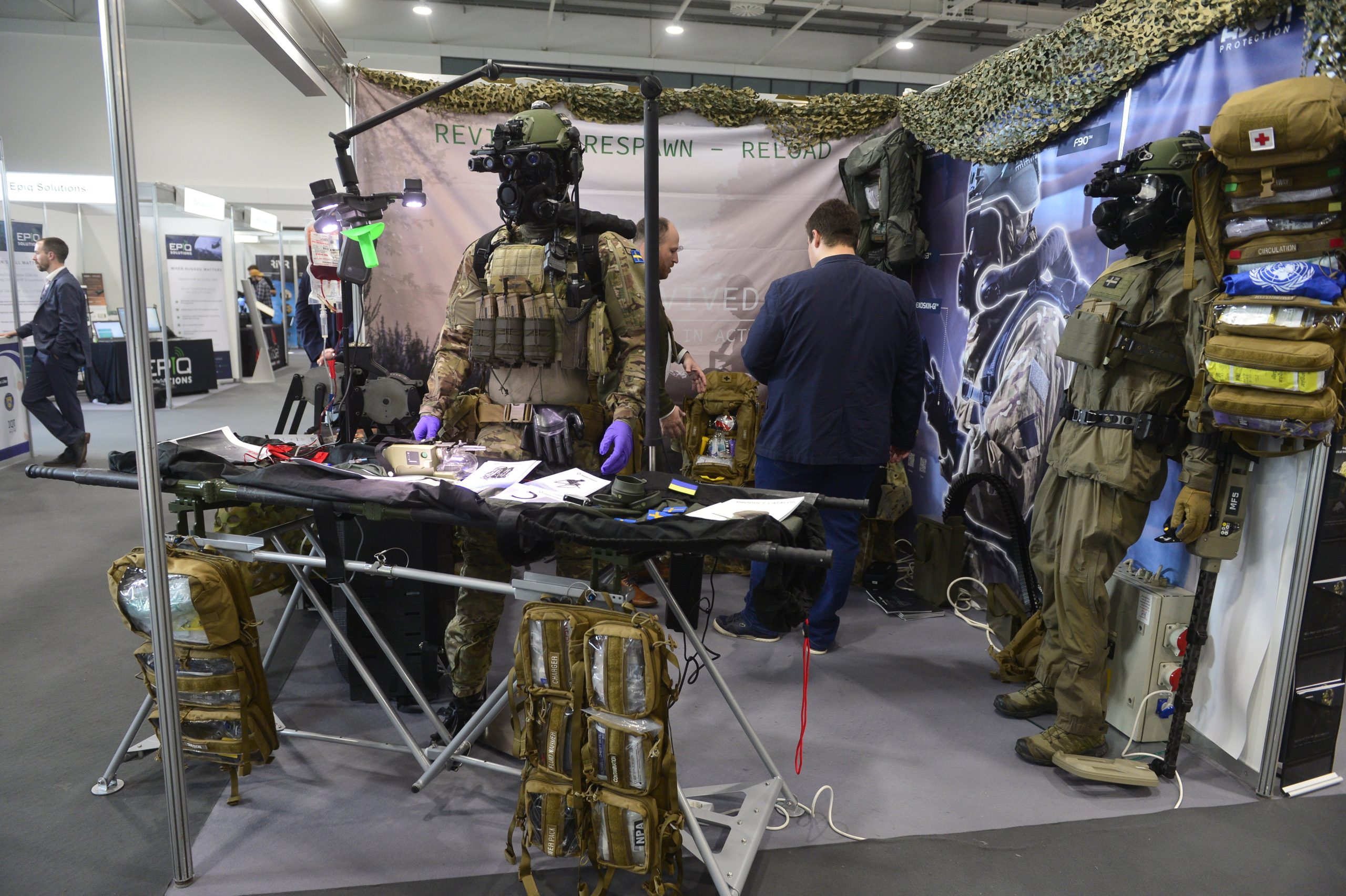
The development of military capabilities continues unabated.Continue reading

The Hungarian government aims to make the Hungarian defense industry a regional leader by 2030, the Minister of Technology and Industry said at the Global Special Operations Forces (GSOF) Europe international conference in Budapest on Wednesday.
László Palkovics said that it is a priority national and economic strategic goal for Hungary to become the leading defense industrial center in Central Europe in manufacturing and research and development. With the Zrínyi 2026 defense and force development program, the rebuilding of the Hungarian defense industry has been launched, he recalled.
The importance of the industry is enormous, as more than 2 percent of global GDP is spent on defense, the minister pointed out. Defense spending currently accounts for 1.2 percent of Hungarian GDP. He said that Hungarian industry is strong, with 70 percent of its output coming from high-tech, which can be built on, as well as the existing advanced infrastructure. The country’s location is also beneficial from a logistical point of view, and its membership of NATO and the EU is an advantage.
The government has set a goal to increase the size of Hungary’s defense industry to HUF 500 billion by 2030. The minister said that self-sufficiency must be increased so that the defense industry can provide services and products to the Hungarian defense forces. It is also important for the Hungarian defense industry to be successful on foreign markets and to be part of international supply chains with competitive products.
In order to achieve these goals and to support economic sustainability, research and development (R&D) capabilities must be strengthened, and R&D spending in the defense industry must reach 5 percent of total Hungarian R&D spending, László Palkovics said.
He explained that NATO has identified eight key areas for the next 20 years: data-driven research, artificial intelligence (AI) research, quantum technology, space research, biotechnology, research into new materials and manufacturing technologies, and research into hypersonic capability.
The sectoral strategies will support Hungary’s success, he said. He recalled that the Defense Innovation Research Institute (VIKI) is headquartered in Budapest, with additional bases in Szeged and Zalaegerszeg. He listed nuclear, biological, chemical research, telecommunications, AI, drones, drone parts and GPS as important research areas. Dual use of developments is beneficial because the sale of products is not solely dependent on the defense industry, he said.
The minister said that manufacturing capacity and business model should be developed and technology partnerships will be built to this end. He cited the recently inaugurated new Airbus factory in Gyula and the Rheinmetall cooperation as examples, adding that they had also established partnerships with Austrian, German, French and Turkish companies.
Via: MTI ; Featured photo: MTI/Attila Kovács